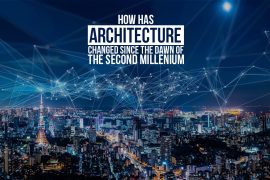Globalization has been driving the standardization of spaces and architecture. It has been transforming cities, shifting spatial patterns, and shaping the built form and environment. This homogenization has been leading to similar built spaces and has been disconnecting man from the built environment. Whereas, architecture that responds to its context forms something more meaningful. There is a dialogue generated between architecture and its surrounding, between the user and architecture. One has to preserve what has been built before, interpret it, and respond to it to the present context. These become triggers that activate spaces where the user creates a dialogue and a connection with the built environment.
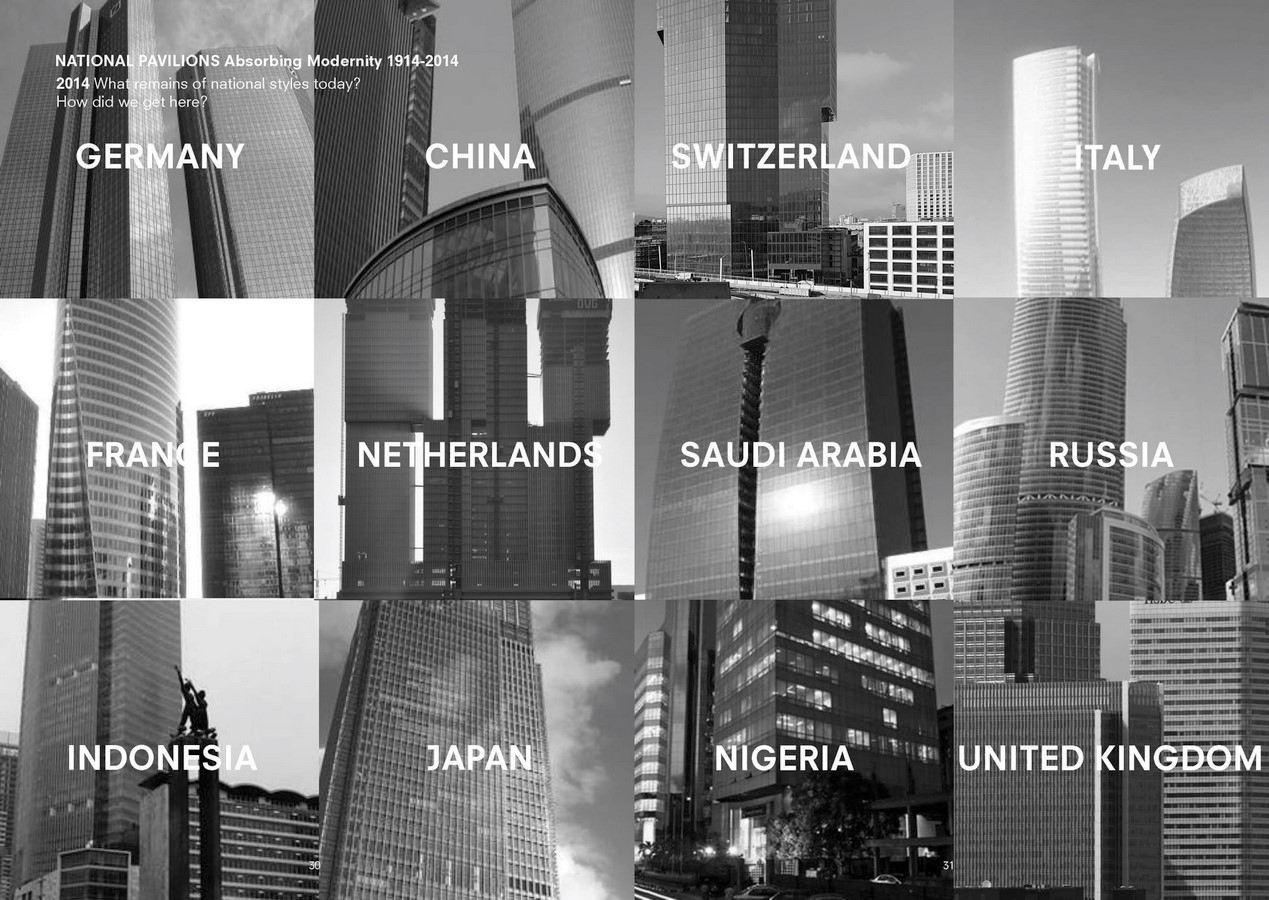
The environment of the 21st century is a complex mix of the natural and built environment. Earlier where it was essential to place a structure holistically with nature, it has become equally important to place it in harmony with its built surrounding. With rapid urbanization and cities turning into urban jungles, there is often a tendency to create different architecture or a building that makes a statement or an impact; which makes one wonder whether a building looks ‘different’ if all of them are different! Designing in a particular setting is mostly a battle between context and contrast. Though contrast gives the building an eye-catching picture at an initial glimpse, eventually, with an increase of more contrasting designs, it loses its identity and settles upon similar lines(facades).
The forms of architecture and urbanism that globalization produces strongly influence how people understand themselves and perceive their identities in the built environment. Globalization refers to what Held has called “the speeding up in world-wide connectedness in all aspects of social life.” What we see in cities – the urban landscape – is displaying increasingly visually similar and homogenized architecture, particularly as a result of the similar ideologies and concepts leading to an effect of globalization on the built and spatial environment. Hans Ibelings suggests it was the ‘big hotels‘ and ‘glass box‘ office buildings of the l950s and 60s which sparked off the global ‘architectural homogenization‘ Ibelings maintains that ‘uniformity and standardization‘ also manifests itself in ‘singular structures like conference halls, theatres, exhibition complexes, churches, and stadiums.’ It is now accepted that when ideas about architectural styles or building types and forms are transplanted from one place in the world to another, they are invested by the local population with different cultural, social, and ideological meanings and often given different purposes.
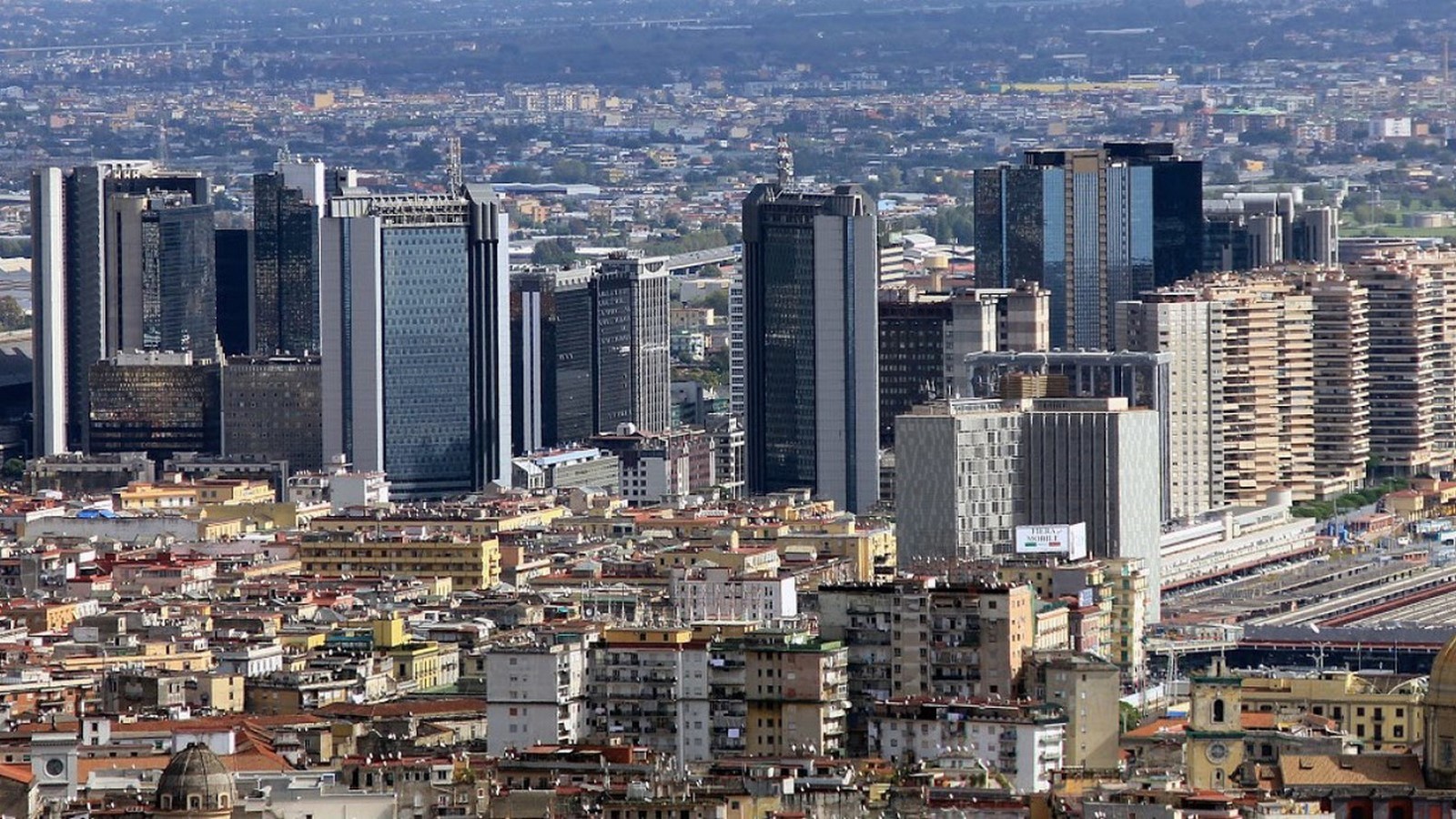
Homogenization is an idea of some or all things becoming or being made the same and that can be understood from various viewpoints. To imitate or copy is a conscious act. It can be a form of flattery or admiration. What is copied is deliberately distorted, made fun of, or made ‘almost the same but not quite‘ (Bhabha, 1992). The point of mimicry is to recognize the presence of others and yet simultaneously assert one’s presence and build an identity. The fact that similar types of buildings, used for the same purpose and frequently bearing a similar name, appearance and spatial form and characteristic to it can be found in different places in the world. People tend to follow the same type of buildings irrespective of the geographical locations and this has created monotony in architecture and loss of the rich identity of a place or city through its architecture.
https://www.re-thinkingthefuture.com/fresh-perspectives/a2228-globalization-and-architecture/#b371c80ecd0e39d6a81f0a1996d0dd79908a0acd#173188

It is the corporate city that maintains and promotes the homogenizing discourses of globalization. Using glass facades, office blocks, corporate forces convert places that could encourage difference and interaction into homogenization and orderly chaos in the built environment. Environments that previously encouraged cultural diversity, encounter them, and interact with them have been replaced by those encouraging alienation and detachment from buildings. Globalization is not a new phenomenon. What distinguishes the new episode of globalization from the earlier one is the extent and intensity of it on humans and their psychology.
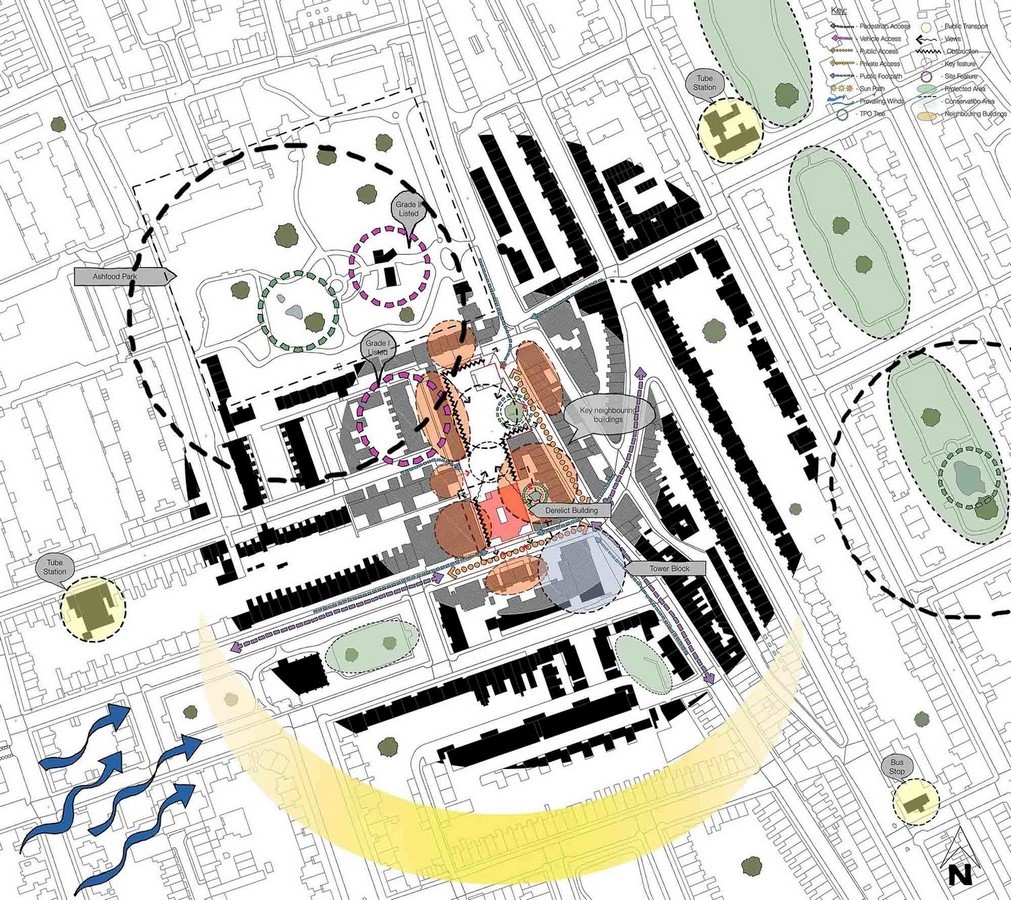
Architecture must be understood, experienced, and judged by the standards of built form in the physical world. Context, in simpler words, can be defined as the interconnected whole which is formed by its parts, just like words combine to form a meaningful sentence and stanzas combine to form a poem. Contextual architecture responds to its surroundings by respecting what already exists- both tangible and intangible aspects. one needs to understand his surroundings and create dialogue. The building should not be isolated. It is also important that buildings respond to the environment which can help to control the temperature concerning the context. Lastly, one must understand the culture of a place and translate it and preserve it in architecture.
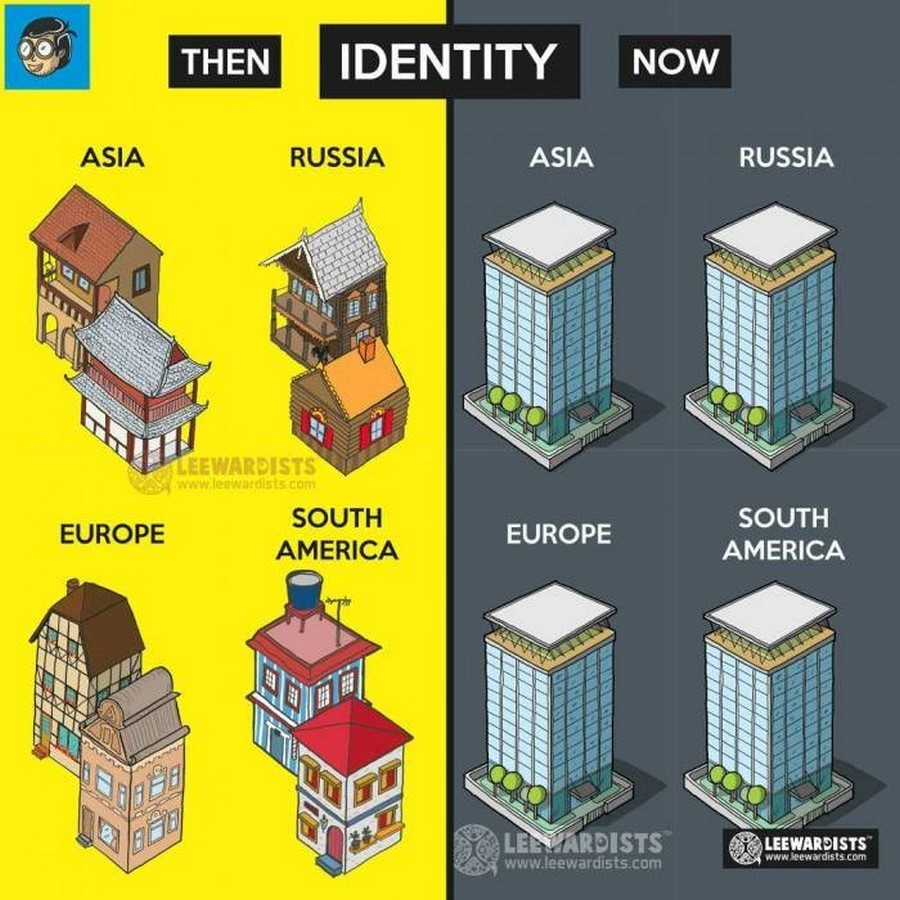
Architectural structures, as well as mere remembered architectural images, serve as significant memory devices in three different ways: first, they materialize and preserve the course of time and make it visible; second, they concretize remembrance by containing and projecting memories; and, third, they stimulate and inspire us to reminisce and imagine.









